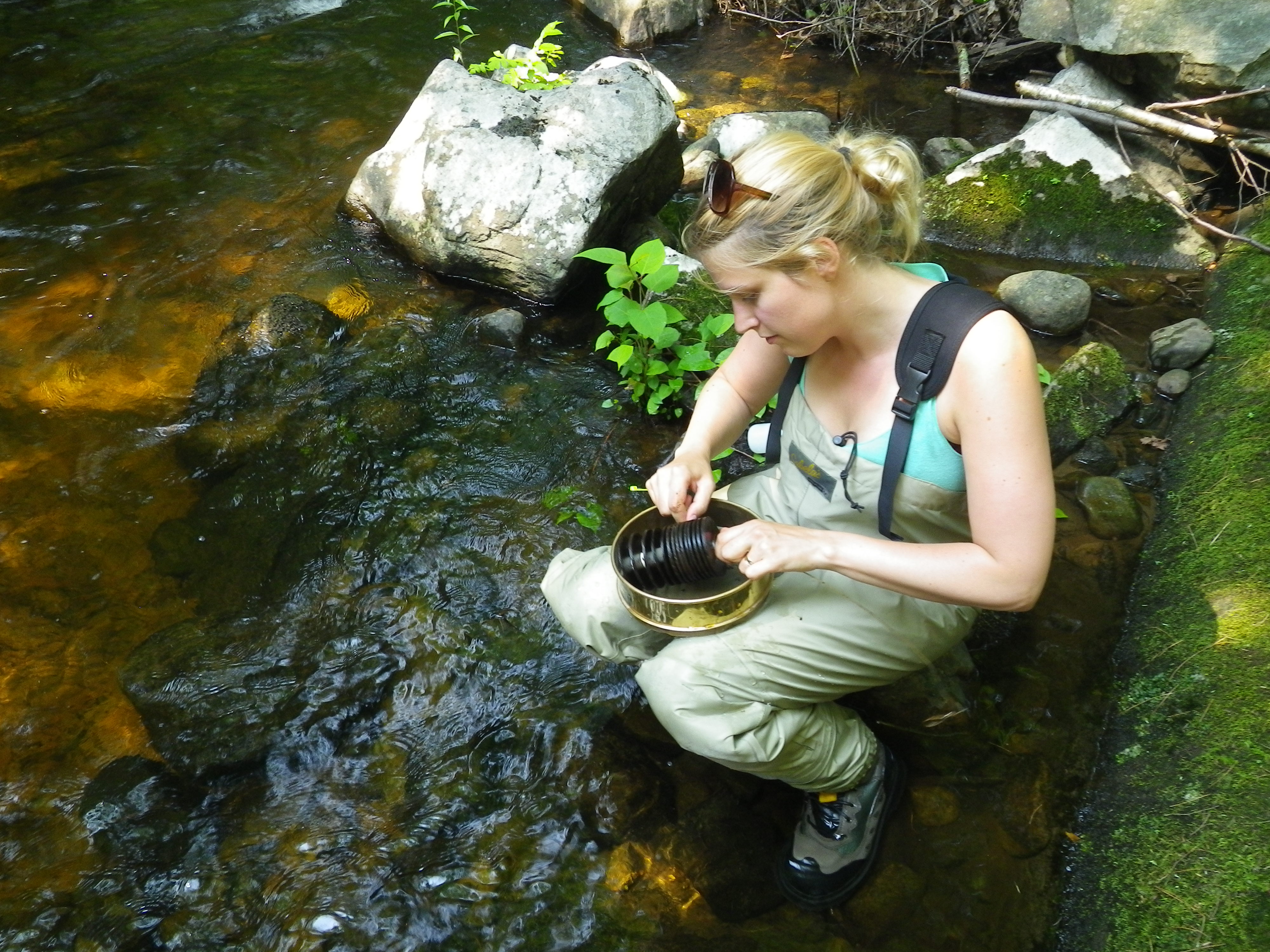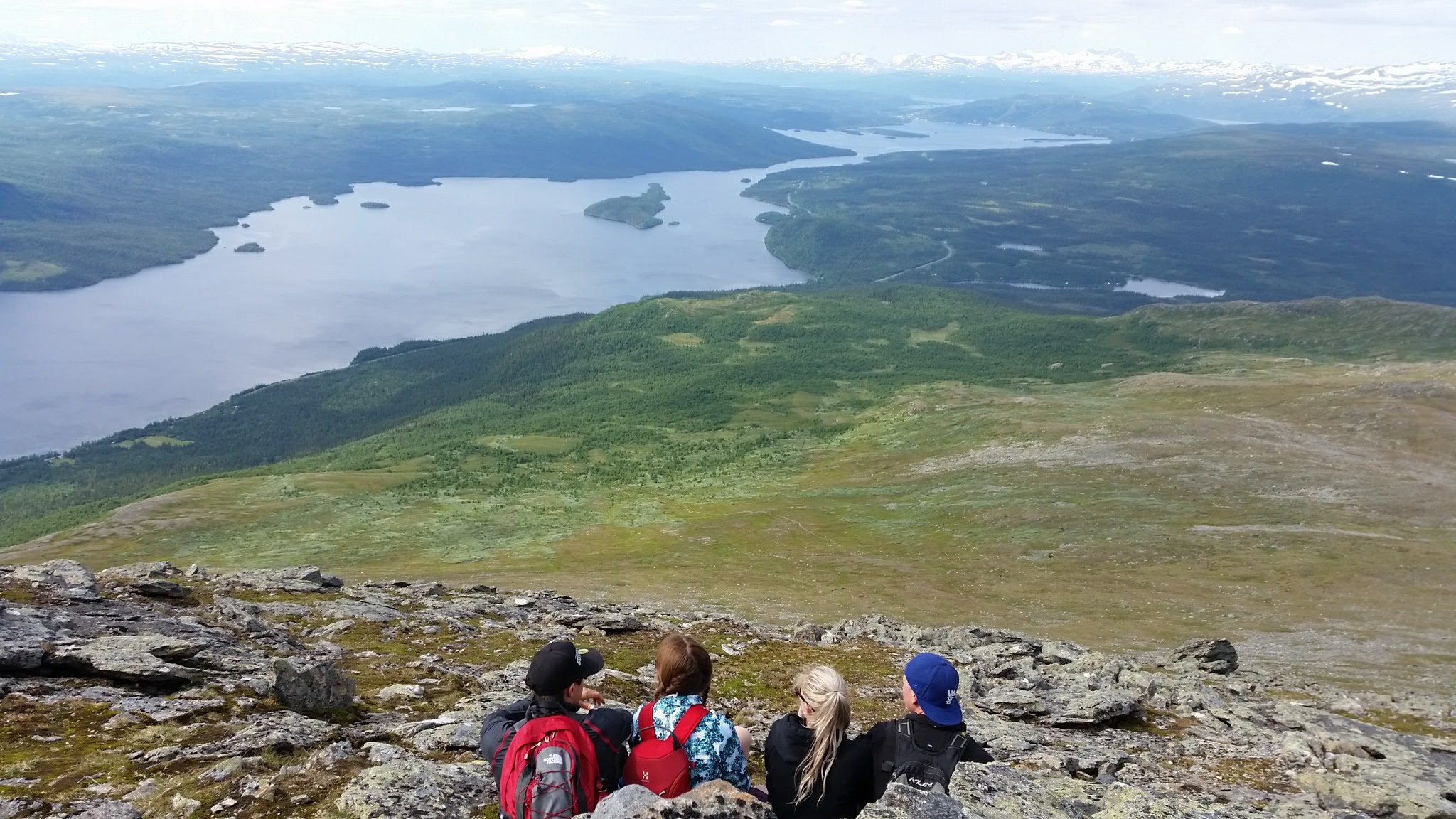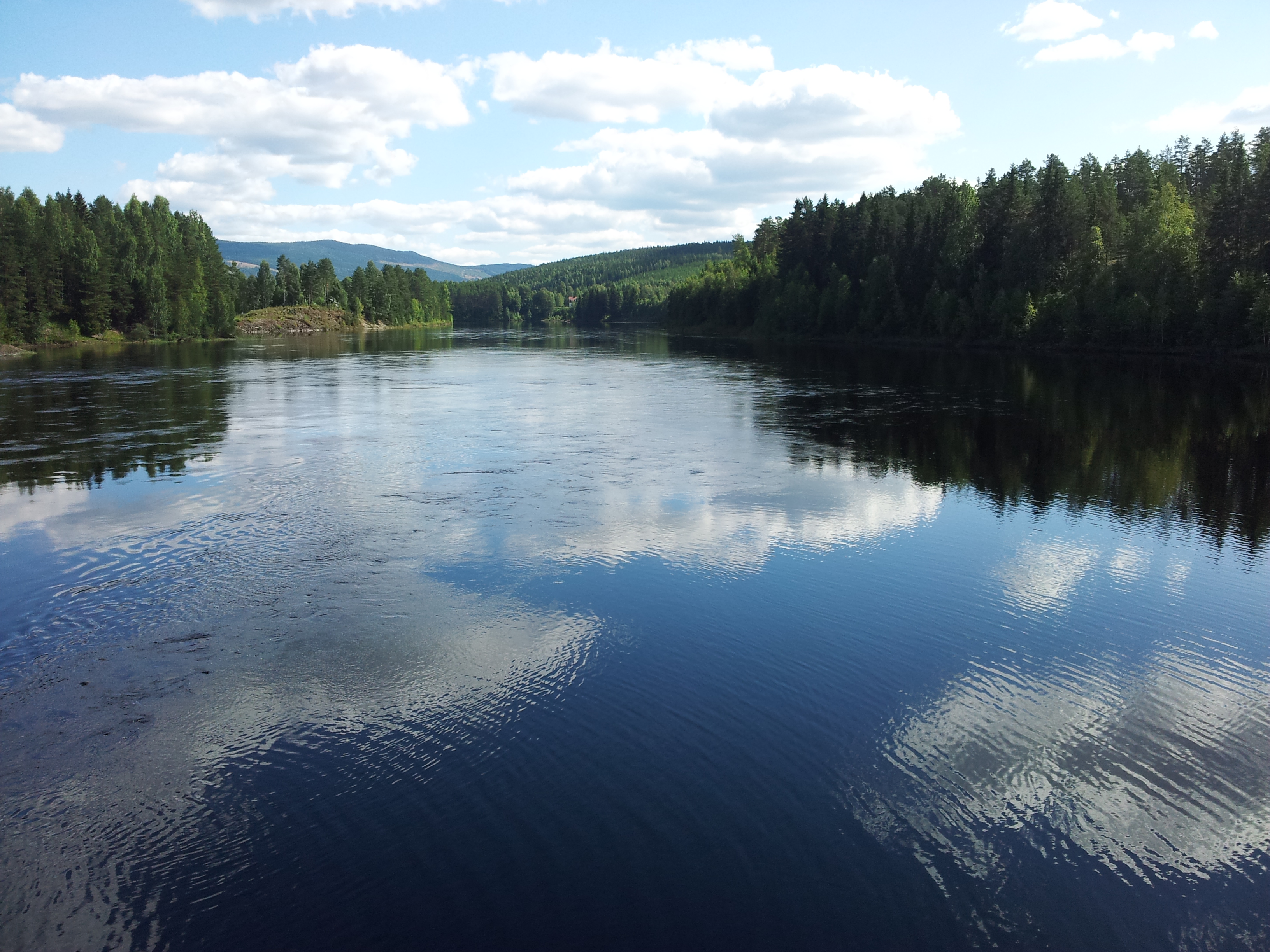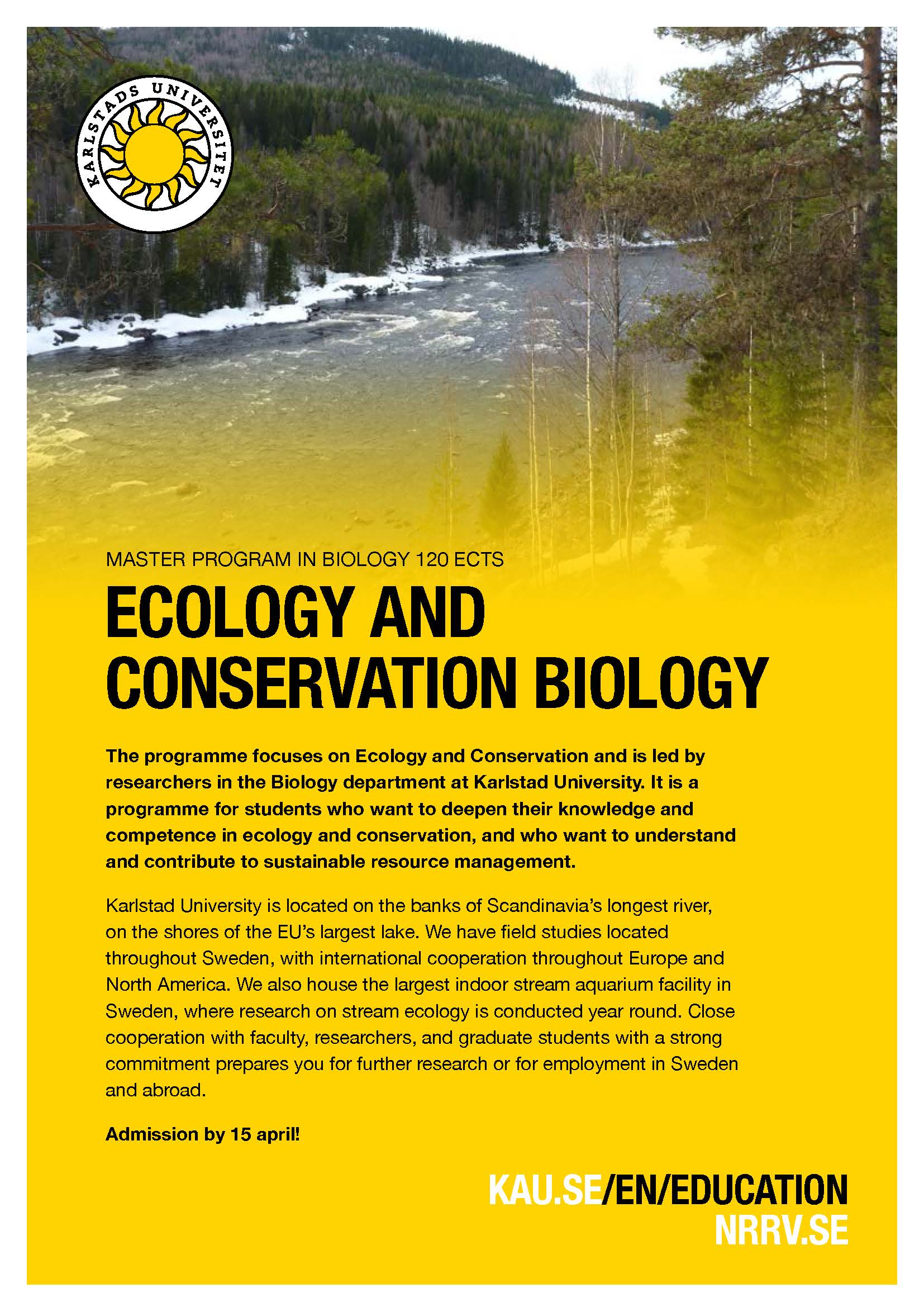Marleen Schwarzes internship at RivEM
Posted by Jacqueline Hoppenreijs | International, Karlstads universitet, Naturresurs rinnande vatten, Okategoriserad, StudentsMarleen Schwarze from the Leuphana University in Lüneburg, Germany, studied for a year at Karlstad University as an exchange student. Afterwards she did an internship with NRRV. Here she writes about her experiences this summer:
“Since my bachelor program Environmental and Sustainability Studies includes one year abroad, I spent the fall 2019 and spring semester 2020 at Karlstad University. During that time I got a first impression of the biology department. The interesting courses I had here awakened my interest in fresh water ecology. Also, Karlstad became a new home for me, so I was happy to be able to extend my stay and complete the study experience in Sweden with a practical internship for three months.
My main motivation was to get an insight into scientific procedures and to gain research experience. Therefore, I was glad to spend a lot of time both in the lab and in the field and also, that it was even possible to do this internship, despite the pandemic.
I worked in two research projects, which expanded my knowledge on plant and invertebrate taxonomic identification, riparian zones and research methods. One project examines the impacts of hydropeaking caused by hydropower plants on riparian zones and the benthic fauna. The fieldwork included sampling of plants, invertebrates, chlorophyll measurements, as well as abiotic such as water quality (N, P and DOC) and geological measurements. The other project looks at plant dispersal in regulated and restored rivers. We conducted vegetation surveys along a river that is regulated for hydropower purposes (Umeälven) and a river that has been restored from its channelized form (Vindelälven), and their tributaries. Further, we took soil samples to analyse soil nutrient contents (C, N and P).
Someone said that fieldwork is the best strategy for keeping social distance. After almost eleven weeks of being every day outside, I can say that it is totally true. This summer I got to know more plant species than people and I dedicated more time to macroinvertebrates than to friends. We conducted the fieldwork at different rivers in Värmland, Örebro, Dalarna, Västra Götaland and Västmanland County, as well as in Västerbotten County. Hence, this internship was not only an intense learning experience which enriched my studies, but also an opportunity to see a lot of beautiful places during summer in Sweden.
I am grateful to Lovisa Lind who coordinated my internship and all the other researchers at the KAU biology department, in particular Jacqueline Hoppenreijs, Johan Watz, Lutz Eckstein and John Piccolo. Additionally, I am glad about the great teamwork with my fieldwork collegues and fellow students Andreas Vernby, Mattias Hansson and Andreas Marklund. Further, my thanks go to the International Offices, both in Karlstad and at my home university in Lüneburg, for helping me with the administrative process and support to get Erasmus+ funding which made this internship possible for me.”



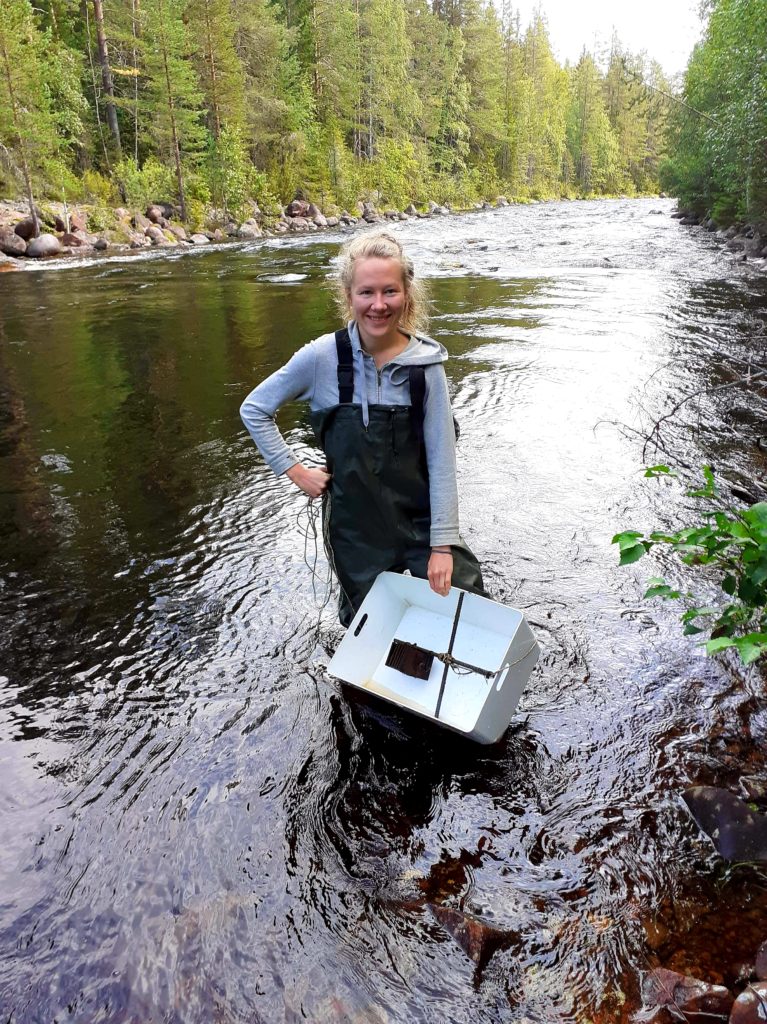
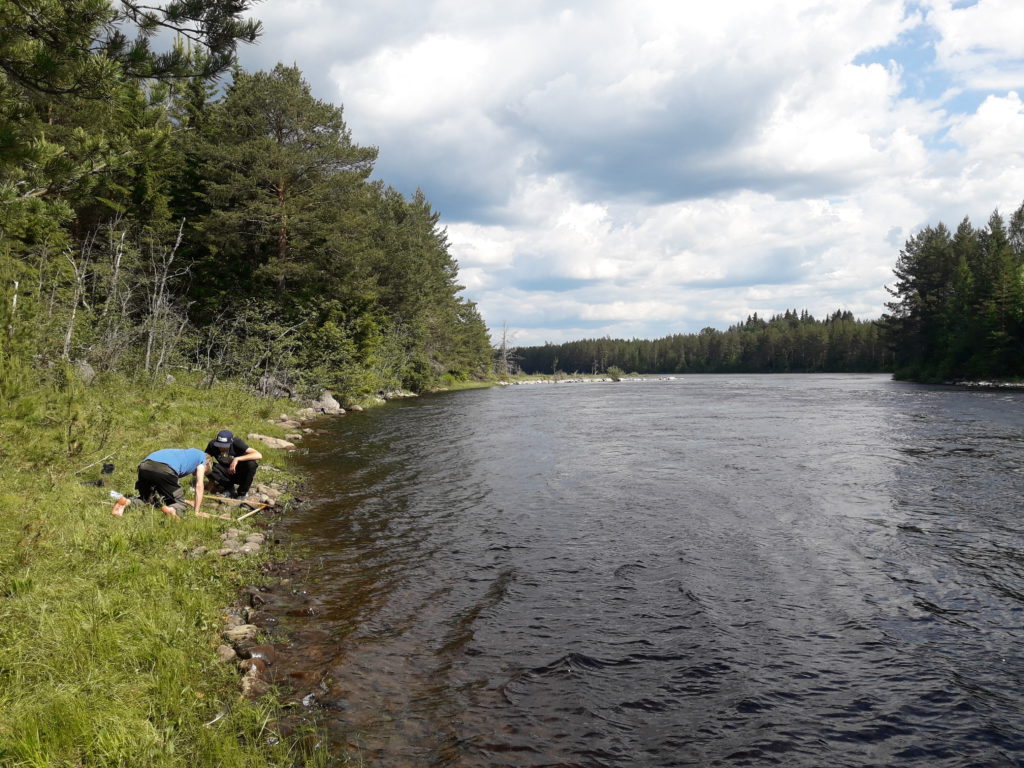
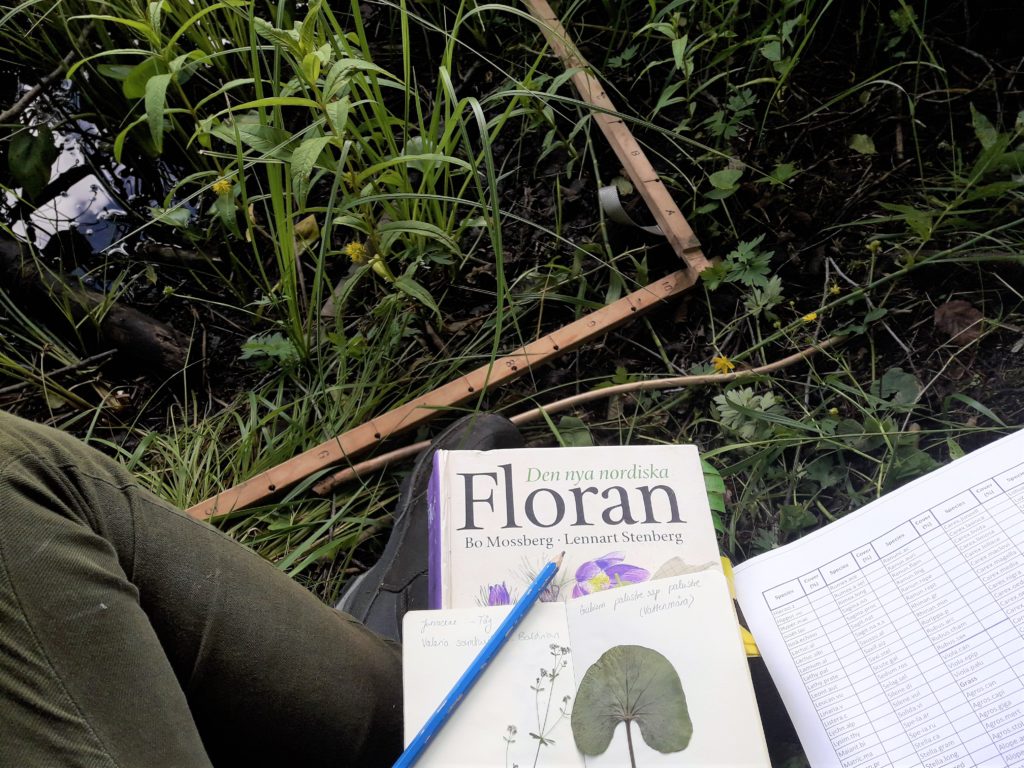
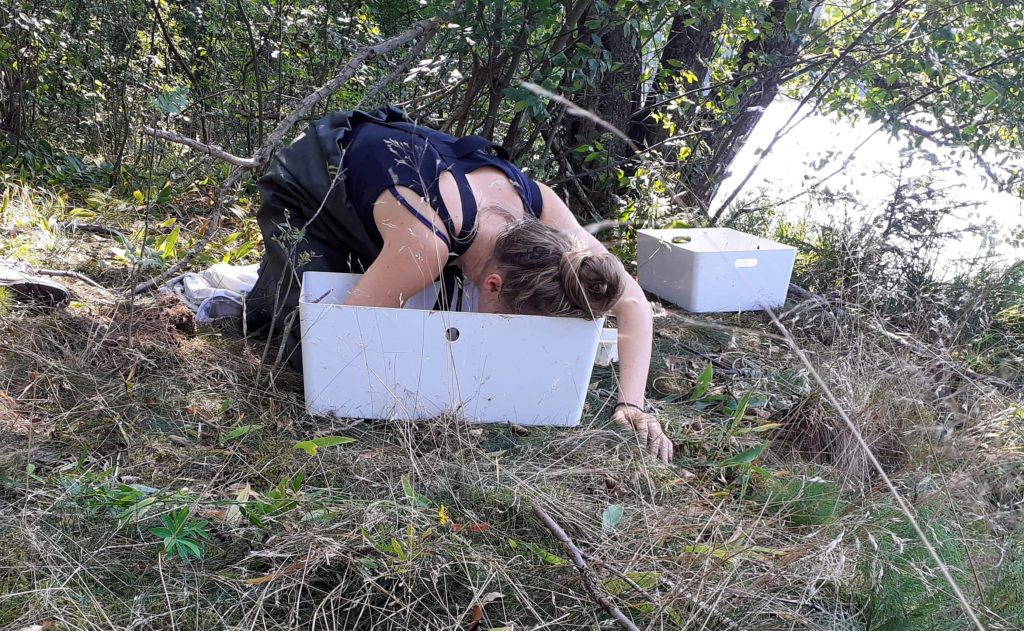
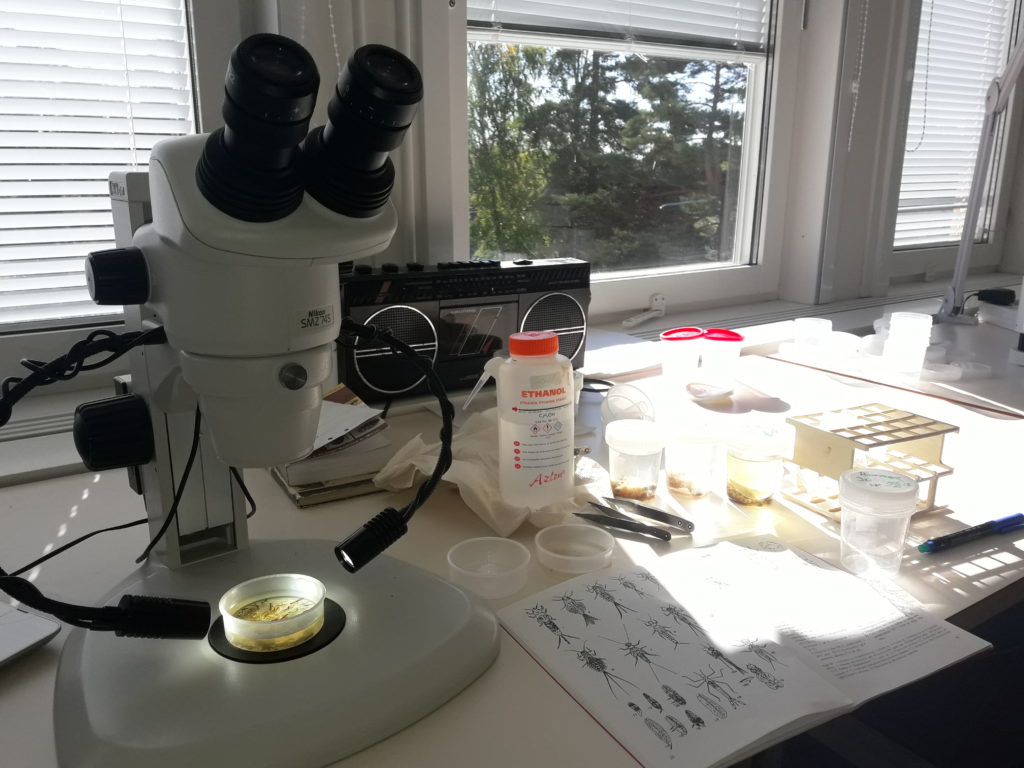
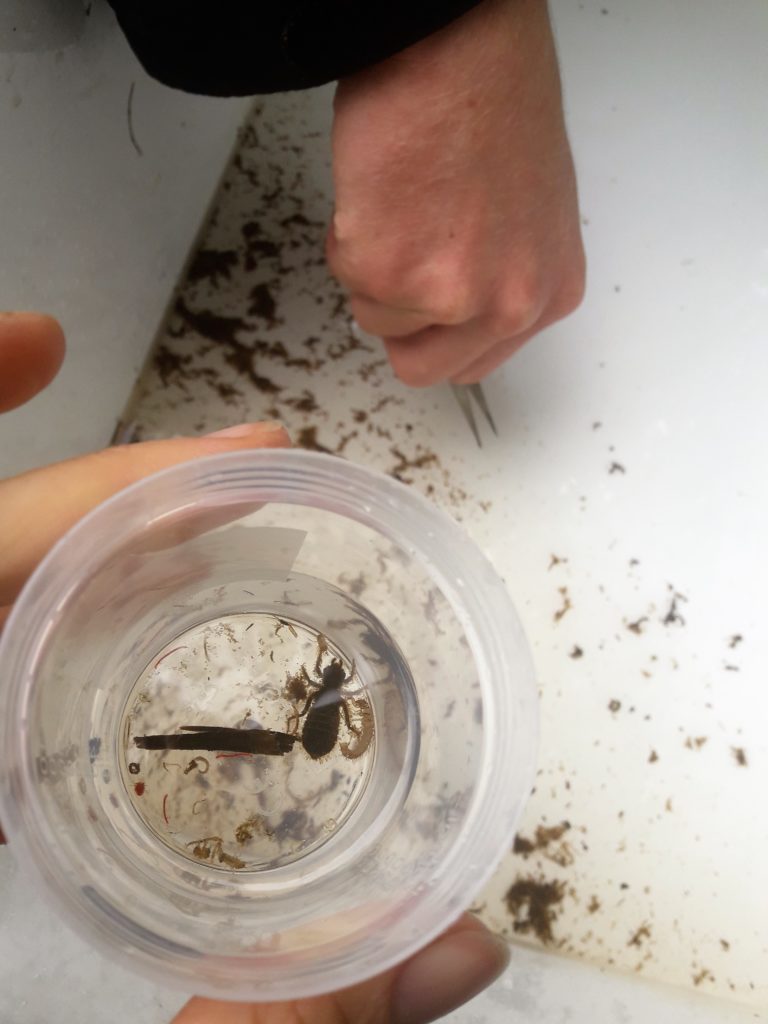
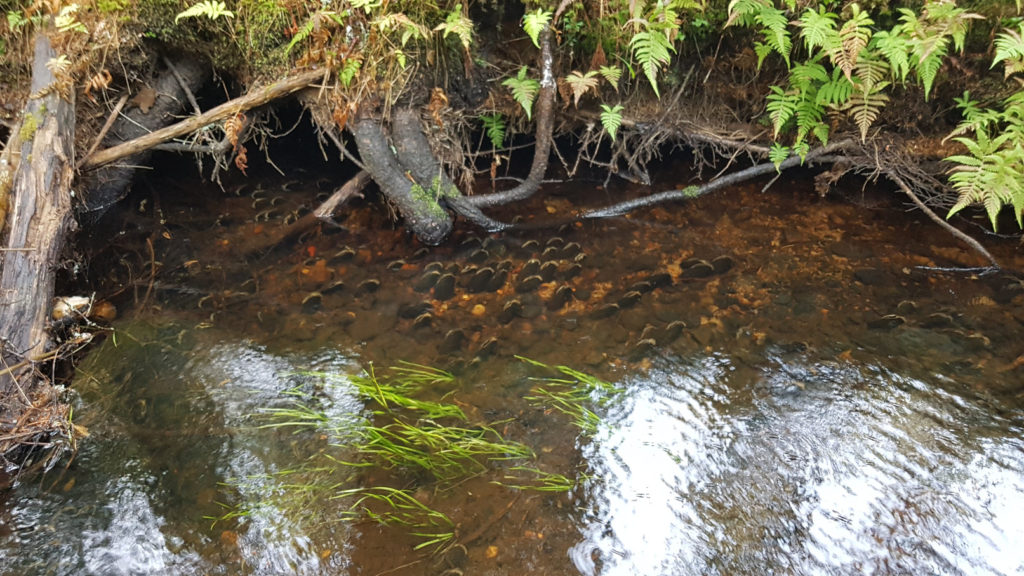
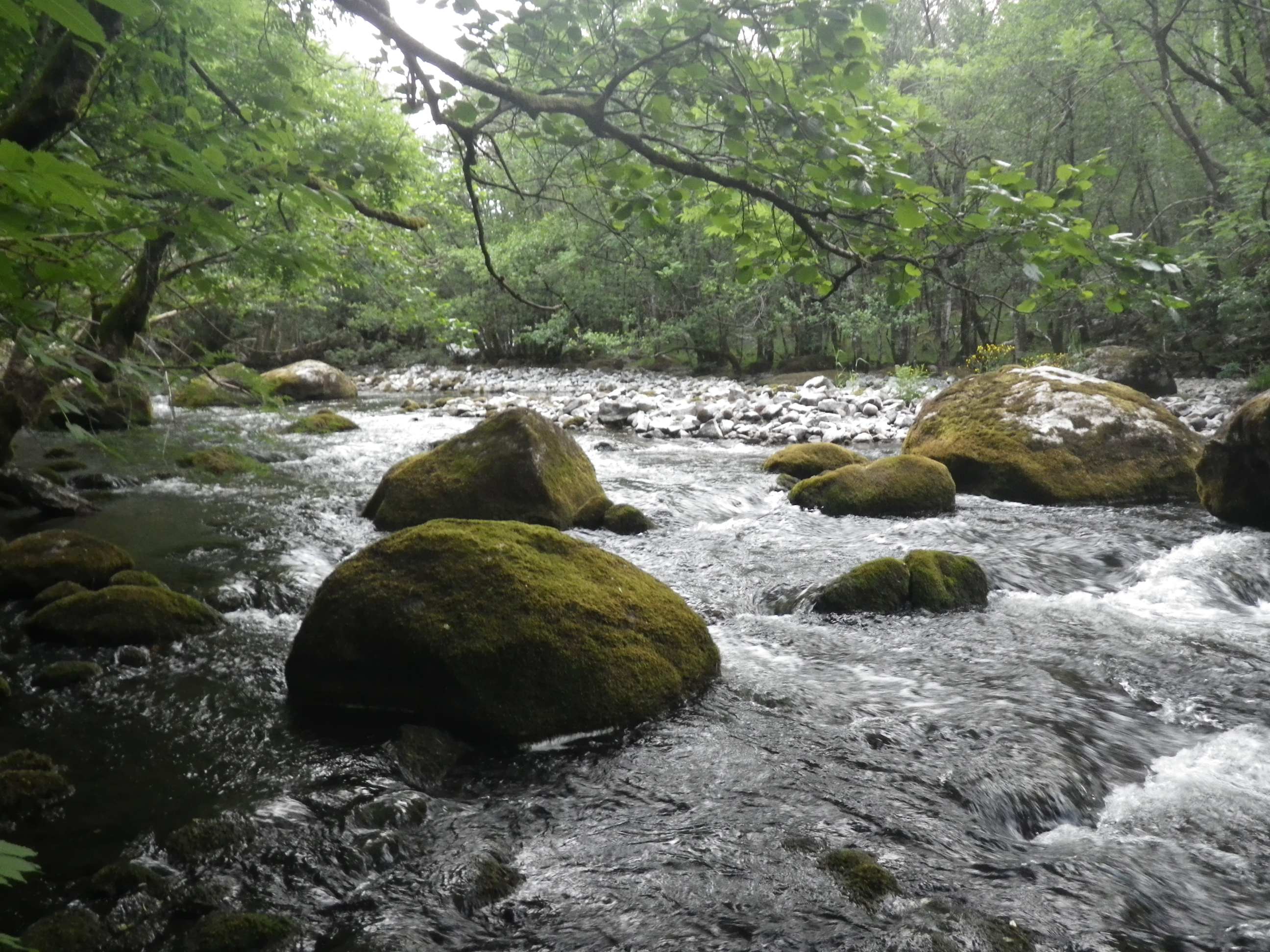 On Tuesday 26 November
On Tuesday 26 November 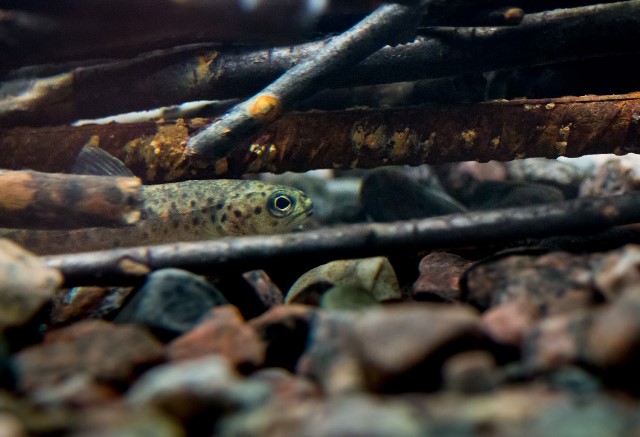
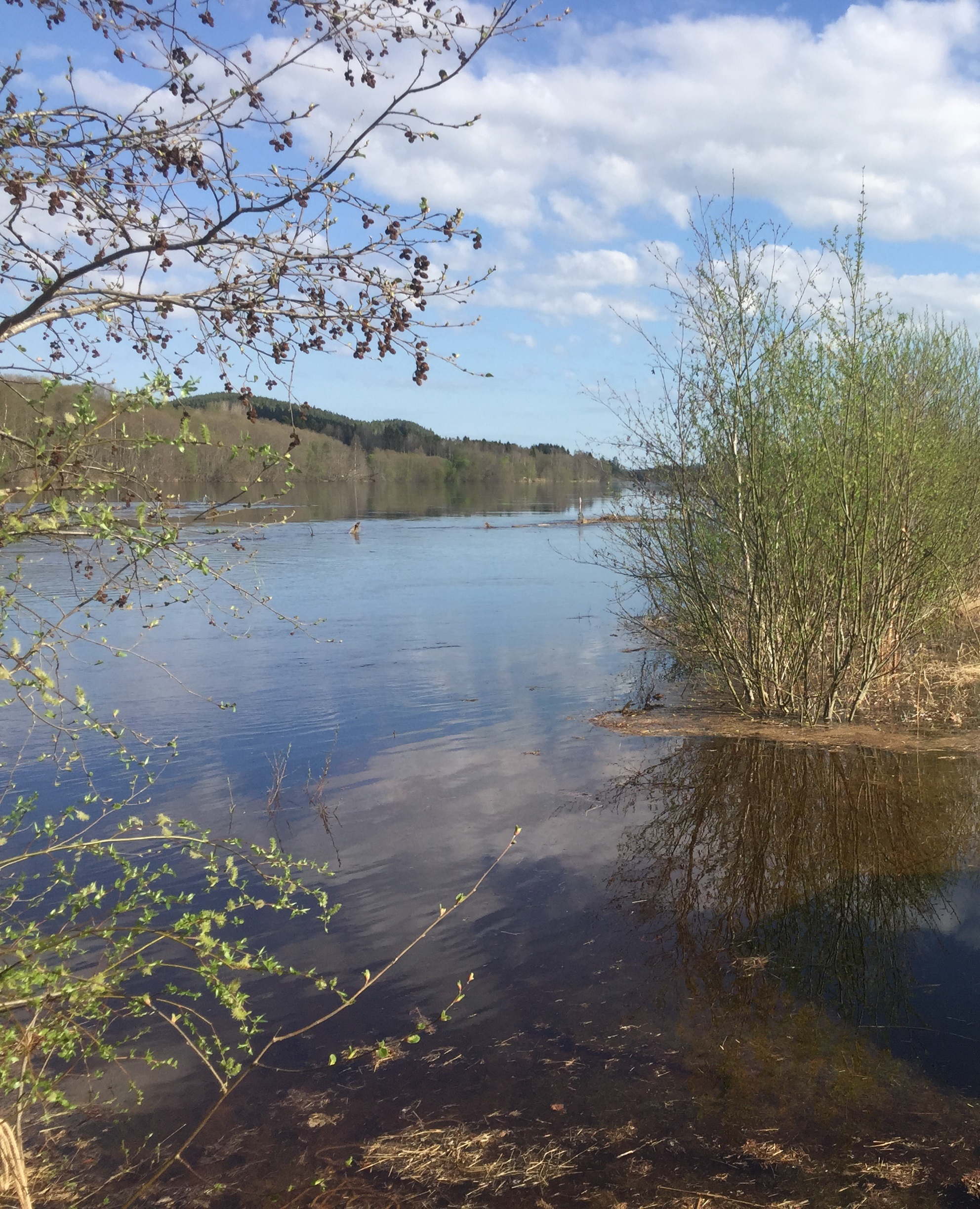
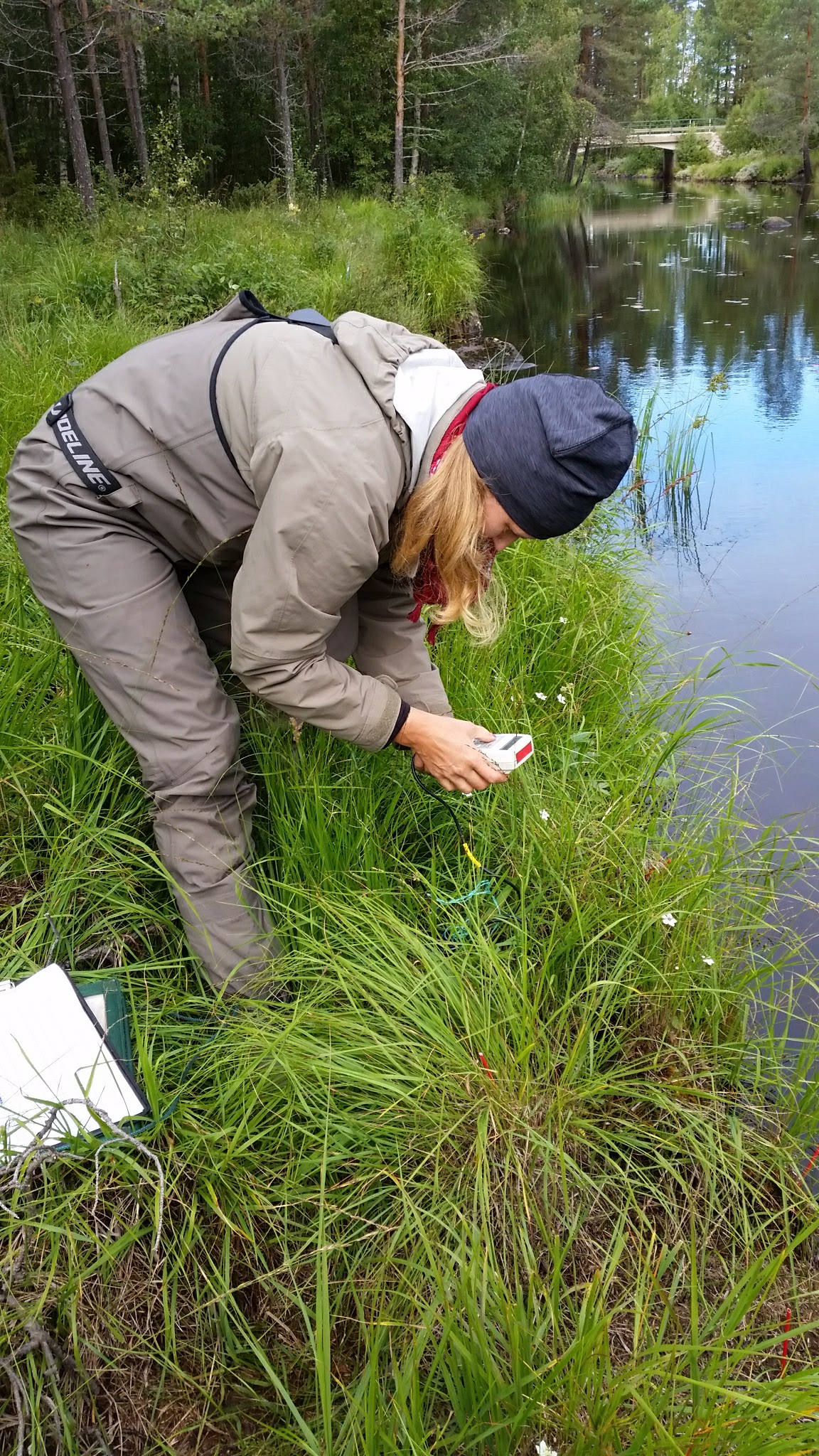 Lovisa Lind recently started her position as Associate Professor in landscape ecology at Karlstad University and the NRRV research group. Here she presents her scientific background and research interests:
Lovisa Lind recently started her position as Associate Professor in landscape ecology at Karlstad University and the NRRV research group. Here she presents her scientific background and research interests: